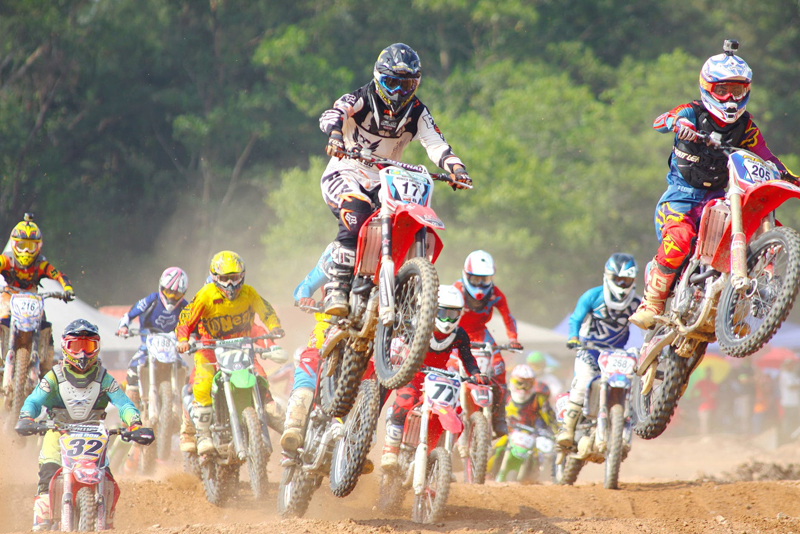Driver Technique - Cornering

In Formula 1, cornering is where the driver skill really comes to the fore. Putting your foot down on the straight is easy, and puts the burden on the machinery underneath you. When it comes to turning, that's where it starts to get tricky.
A corner features three distinct phases. The first, turning in is the point where a driver begins to turn the wheel in the direction he wants to go. The second, apex, is the moment where a driver stops braking, or slowing, and puts the throttle down. This doesn't necessarily have to be the middle of the corner, and the difference in style here can also affect the speed of the car. The final phase is the exit of a corner, and that's where the driver turns the steering back to a straight line, and gets back up to full speed - without throwing it off track.
When it comes to developing a cornering style, the focus needs to be getting the balance of forward motion and and turning absolutely right. Keeping grip in the tyres as they jump from braking to accelerating is part of the skill. It's not just working with the principles of physics, though, a driver also has to compensate for any characteristics his car displays. Some cars feature more oversteer, some understeer, and some are set up that way due to a driver's preference. Oversteer sees the front stick to the corner whilst the back end loses grip, and understeer is the exact opposite.
Deciding which way to setup a car, or finding that your car has gone a certain way in development, can mean the difference between a win and second place. Understeer, with the front end of the car losing grip, is a much more stable way for a driver to get through a corner. Road cars feature a small amount of understeer to help them navigate the streets. Unfortunately, although it is a preferable setup, it's also a lot slower than it's nemesis.
Oversteer requires the driver to control the car through every corner, meaning skill, hard work and perseverance. The rewards can be satisfying, though, with cornering speeds higher, and lap times lower.
A corner features three distinct phases. The first, turning in is the point where a driver begins to turn the wheel in the direction he wants to go. The second, apex, is the moment where a driver stops braking, or slowing, and puts the throttle down. This doesn't necessarily have to be the middle of the corner, and the difference in style here can also affect the speed of the car. The final phase is the exit of a corner, and that's where the driver turns the steering back to a straight line, and gets back up to full speed - without throwing it off track.
When it comes to developing a cornering style, the focus needs to be getting the balance of forward motion and and turning absolutely right. Keeping grip in the tyres as they jump from braking to accelerating is part of the skill. It's not just working with the principles of physics, though, a driver also has to compensate for any characteristics his car displays. Some cars feature more oversteer, some understeer, and some are set up that way due to a driver's preference. Oversteer sees the front stick to the corner whilst the back end loses grip, and understeer is the exact opposite.
Deciding which way to setup a car, or finding that your car has gone a certain way in development, can mean the difference between a win and second place. Understeer, with the front end of the car losing grip, is a much more stable way for a driver to get through a corner. Road cars feature a small amount of understeer to help them navigate the streets. Unfortunately, although it is a preferable setup, it's also a lot slower than it's nemesis.
Oversteer requires the driver to control the car through every corner, meaning skill, hard work and perseverance. The rewards can be satisfying, though, with cornering speeds higher, and lap times lower.
This site needs an editor - click to learn more!
You Should Also Read:
Oversteer and Understeer
Inside the Cockpit
Tyre Compounds
Related Articles
Editor's Picks Articles
Top Ten Articles
Previous Features
Site Map
Content copyright © 2023 by Christine Blachford. All rights reserved.
This content was written by Christine Blachford. If you wish to use this content in any manner, you need written permission. Contact
BellaOnline Administration
for details.


